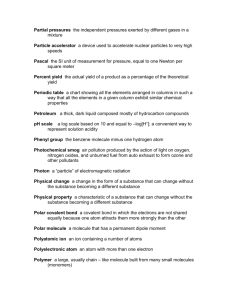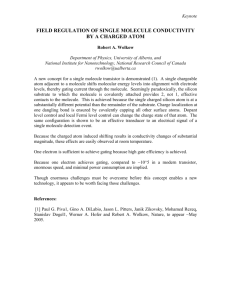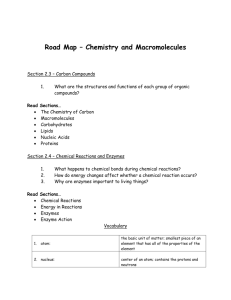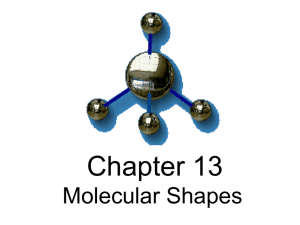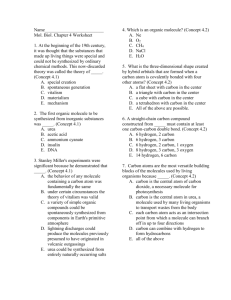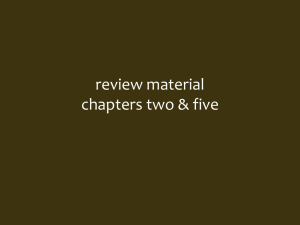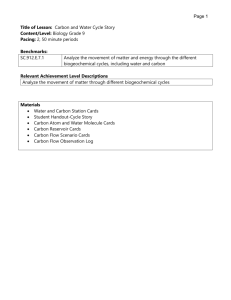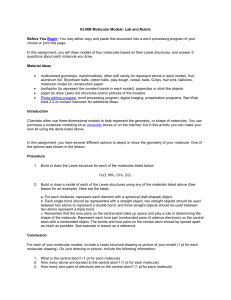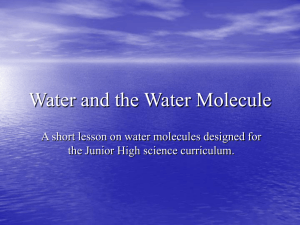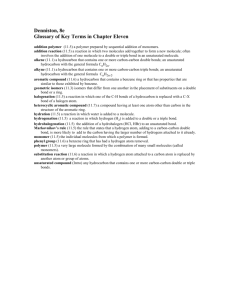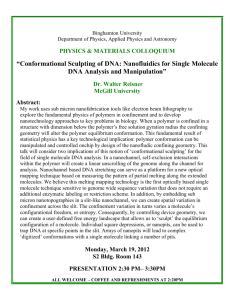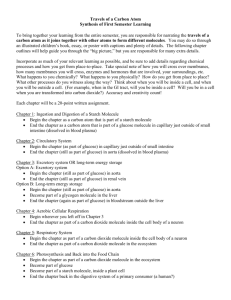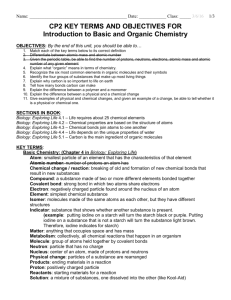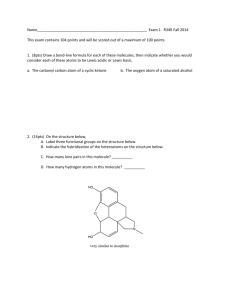General Biology –Unit 1 Review Mary Stangler Center for Academic
advertisement
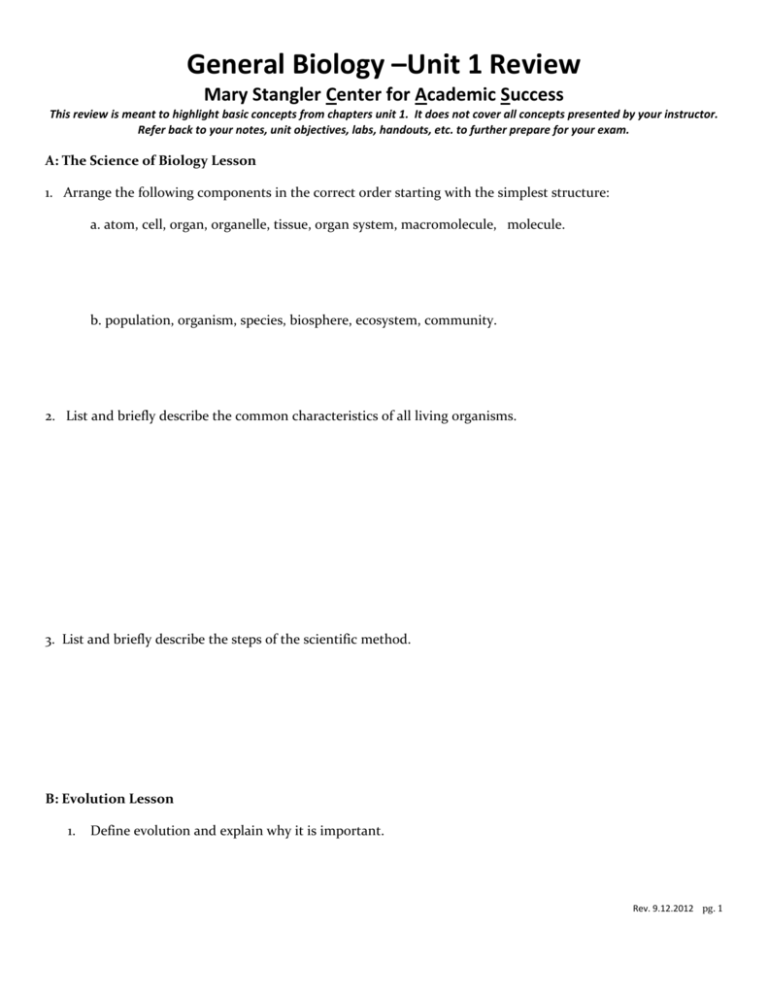
General Biology –Unit 1 Review Mary Stangler Center for Academic Success This review is meant to highlight basic concepts from chapters unit 1. It does not cover all concepts presented by your instructor. Refer back to your notes, unit objectives, labs, handouts, etc. to further prepare for your exam. A: The Science of Biology Lesson 1. Arrange the following components in the correct order starting with the simplest structure: a. atom, cell, organ, organelle, tissue, organ system, macromolecule, molecule. b. population, organism, species, biosphere, ecosystem, community. 2. List and briefly describe the common characteristics of all living organisms. 3. List and briefly describe the steps of the scientific method. B: Evolution Lesson 1. Define evolution and explain why it is important. Rev. 9.12.2012 pg. 1 2. Describe the process of natural selection and how it relates to evolution. 3. Explain how Darwin used the following types of evidence to support his ideas about evolution. a. Artificial selection b. Fossil record c. Geographic distribution d. Homologous structures e. Analogous structures f. Embryology 4. Explain how the following new pieces of evidence are used to add to or further support Darwin’s ideas on evolution. a. DNA/molecular biology b. Comparative anatomy i. Vestigial structures c. Heredity C: Chemistry Lesson 1. What does an atom consist of? Draw an atom with all of its components in the correct location. 2. Discuss the charge of protons, neutrons and electrons associated with atoms. 3. Draw a phosphorus atom including the correct number of protons, neutrons and electrons. 4. Define the following: a. Atomic mass: b. Isotope: c. Ion: 5. Differentiate between a molecule and a compound. Rev. 9.12.2012 pg. 2 6. Define and list the differences between ionic, covalent, and hydrogen bonds. Rank them in order of increasing bond strength. 7. Assign the following reactions with the correct type of reaction. (decomposition, synthesis, exchange/replacement) a. NaOH + HCl NaCl + H2O b. HCl H+ + Clc. Na+ + Cl- NaCl _________________________ _________________________ _________________________ 8. What are enzymes made of in living systems? What are some of their roles as catalysts in chemical reactions? 9. Discuss properties of water that make it the most essential molecule of life. 10. Define an acid and a base. Give an example of pH for a strong acid and a strong base. 11. Use the carbonic acid/bicarbonate buffer system as an example to explain the role of a buffer system in a living organism. D: Organic Molecules Lesson 1. Describe the general properties of an organic molecule. 2. Explain the difference between a monomer and polymer. 3. Fill in the missing information: macromolecule Polymer Starch monomer Nucleic acid polypeptide fatty acids Rev. 9.12.2012 pg. 3 4. Define and list differences between dehydration synthesis and hydrolysis, list an example of each. 5. List the differences between DNA and RNA (structure, function, nucleotides, etc.)? 6. Describe and draw the structure of a phospholipid bilayer. 7. Describe the four levels of protein structure: a. Primary b. Secondary c. Tertiary d. Quaternary Rev. 9.12.2012 pg. 4

